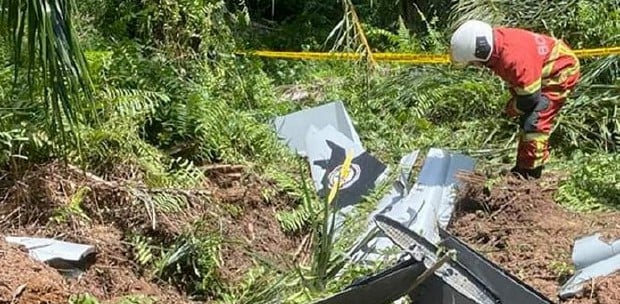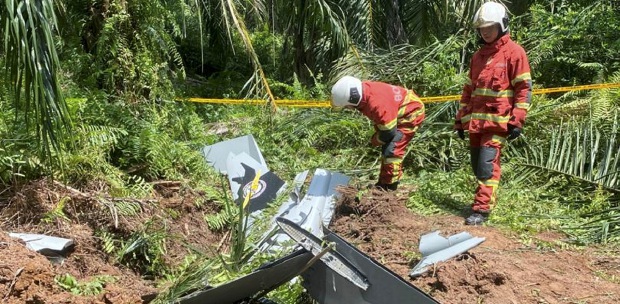KUALA LUMPUR: There were no occurrences of wind shear or significant weather elements at the time when the Beechcraft Model 390 (Premier 1) aircraft crashed near Elmina, Shah Alam, on Thursday.
MetMalaysia director-general Muhammad Helmi Abdullah said that fine weather was observed during the hour where the plane crashed during its final approach into Subang Airport.
"Based on surface wind observations from the Selangor Meteorological Office reports showed a relatively slow wind speed, around four to five knots (equivalent to seven to 10 kilometers per hour) blowing in from the west to southwest direction at 2pm to 3pm on Aug 17.
"The report also showed clear weather and no significant weather elements, only cumulonimbus clouds were reported at 3pm in the east and north west area.
"Results of the radar echo analysis at the same time also showed that there were no significant weather conditions," he said when contacted by the New Straits Times.
Meteorological Aerodrome Report (METAR), an hourly weather report of the area surrounding the aerodrome issued by meteorological authorities for pilots and airmen, also saw that conditions were found to be clear with only light wind, clear visibility of 10km and a few clouds.
Wind shear, sometimes referred to as wind gradient, is a difference in wind speed and or direction over a relatively short distance in the atmosphere.
Atmospheric wind shear is normally described as either vertical or horizontal wind shear.
Universiti Teknologi Malaysia Faculty of Mechanical Engineering Aeronautical, Automotive and Marine Engineering department director Dr Haris Ahmad Israr Ahmad said that wind shear or microbursts could affect the aircraft performance and bring it into a stall condition.
"Microbursts or wind shear could affect aircraft performance and could be one of the reasons that aircraft enter a stall condition where the wings lose its capability to generate lift caused by low speed and the aircraft trying to climb quickly," he said.
He however assumed that the Elmina air crash was not caused by a wind shear or microburst occurrence and believes that the authorities should run its course in the investigation in finding the cause.
On Thursday, a six-seater Beechcraft Model 390 (Premier 1) bearing registration number N28JV crashed during its approach into Subang Airport from Langkawi.
In several videos from eyewitnesses, the aircraft can be seen veering to the right in its approach before nose diving and crashing into the ground.
The crash had claimed the lives of all eight people onboard and two road users on the ground.





